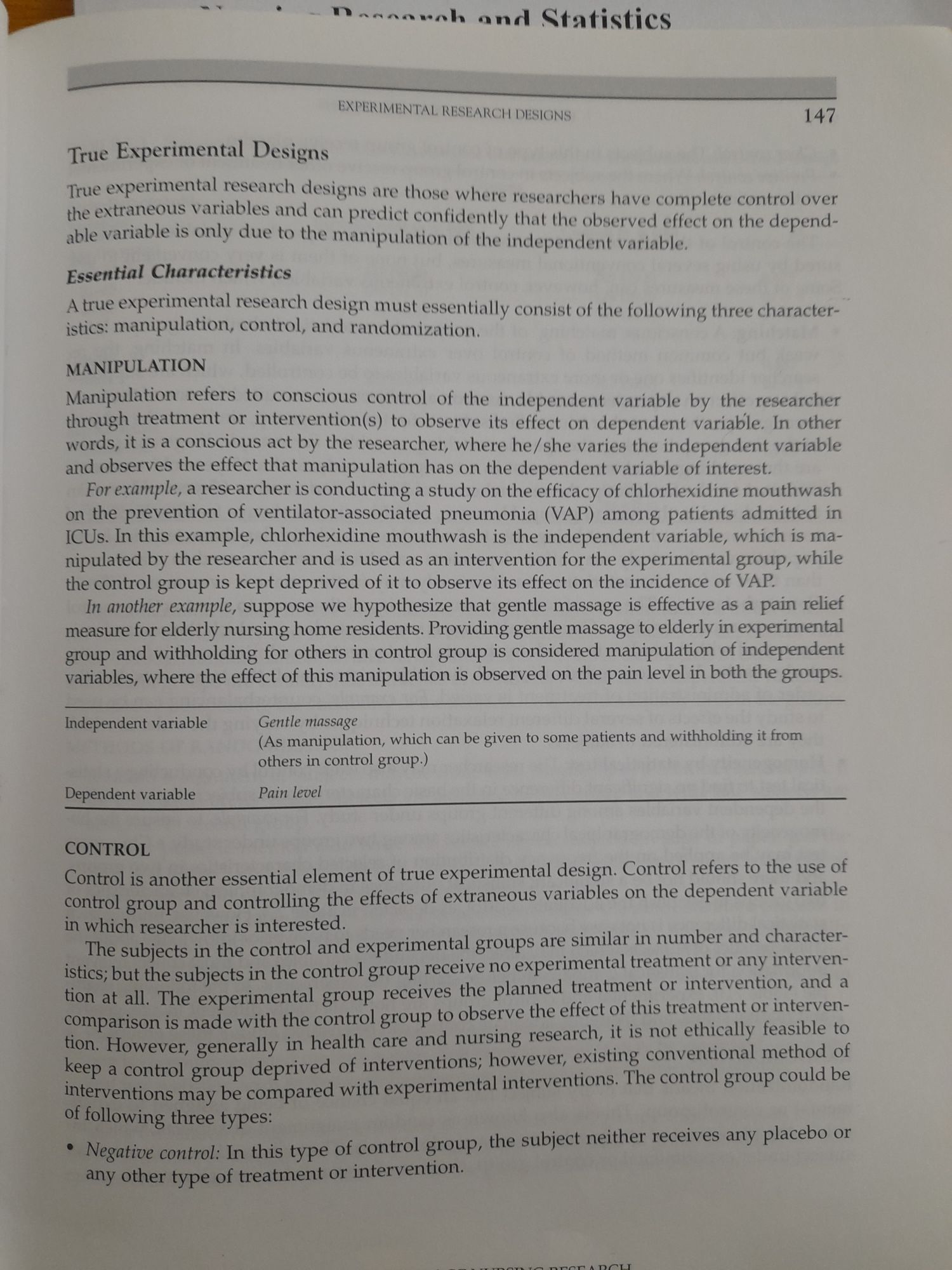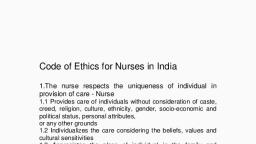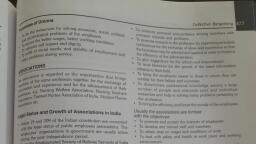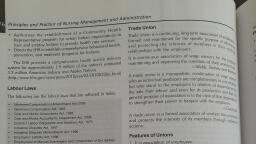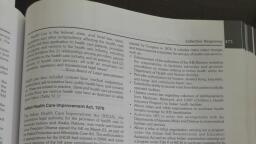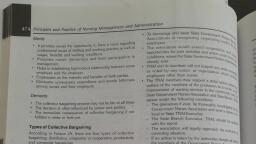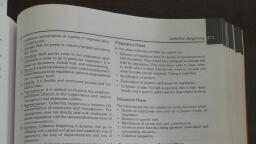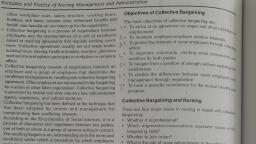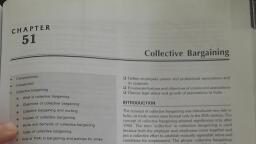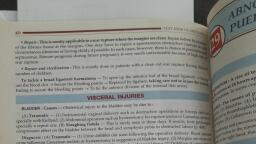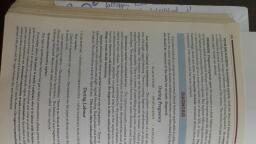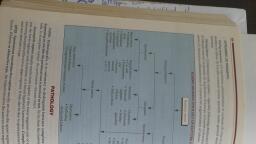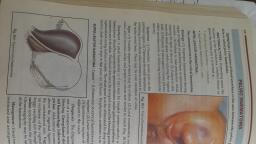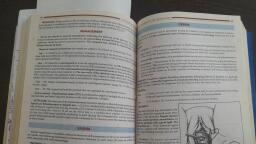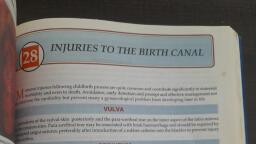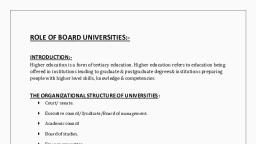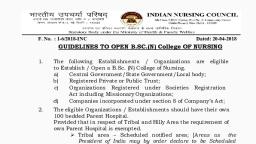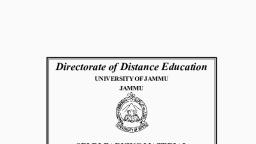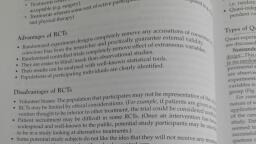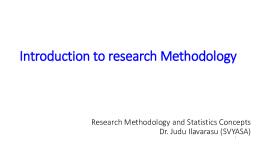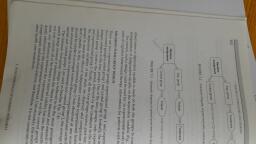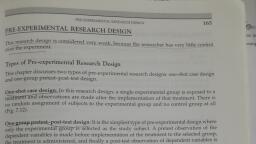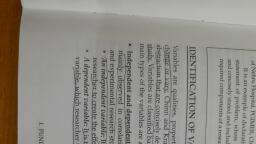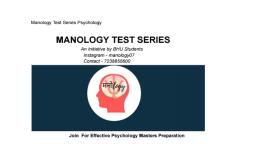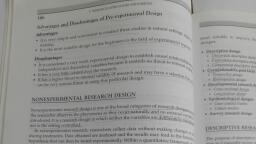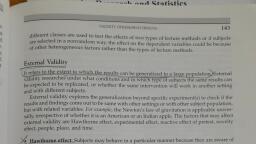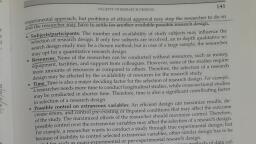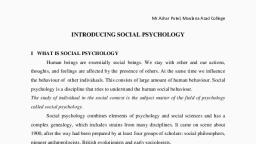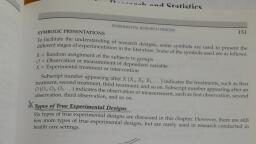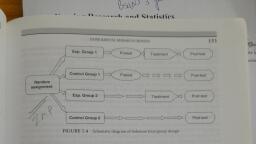Page 1 :
- ~ "WY asaauch and Statistics, , , , NPERIMENTAL RESEARCH DESIGNS 147, , True Experimental Designs, , True experimental esearch designs are those where, the extraneous variables and can, able variable is only due to the, , Essential Characteristics, , Atrue experimental research design must essentially consist of the following, three characteristics: manipulation, control, and randomization,, , he researchers have complete control over, pred ict confidently that the observed effect on the dependmanipulation of the independent variable., , MANIPULATION, , Manipulation refers to conscious control of the independent variable by the researcher, through treatment or intervention(s) to observe its effect on dependent variable. In other, words, it is a conscious act by the researcher, where he/she varies the independent variable, and observes the effect that manipulation has on the dependent variable of interest., , For example, a researcher is conducting a study on the efficacy of chlorhexidine mouthwash, on the prevention of ventilator-associated pneumonia (VAP) among patients admitted in, ICUs. In this example, chlorhexidine mouthwash is the independent variable, which is manipulated by the researcher and is used as an intervention for the experimental group, while, the control group is kept deprived of it to observe its effect on the incidence of VAP., , In another example, suppose we hypothesize that gentle massage is effective as a pain relief, measure for elderly nursing home residents. Providing gentle massage to elderly in experimental, group and withholding for others in control group is considered manipulation of independent, variables, where the effect of this manipulation is observed on the pain level in both the groups., , , , , , "Independent variable Gentle massage, Ps (As manipulation, which can be given to some patients and withholding it from, , a others in control group.), , , , , , , , , , , , Pain level, , essential element of true experimental design. Control refers to the use of, controlling the effects of extraneous variables on the dependent variable, , interested. ih, ontrol and experimental groups are similar in number and charactercontrol group receive no experimental treatment or any intervenroup receives the planned treatment or intervention, and a, trol g to observe the effect of this treatment or interven1d nursing, research, it is not ethically feasible to, wever, existing conventional method of, ventions. The control group could be
